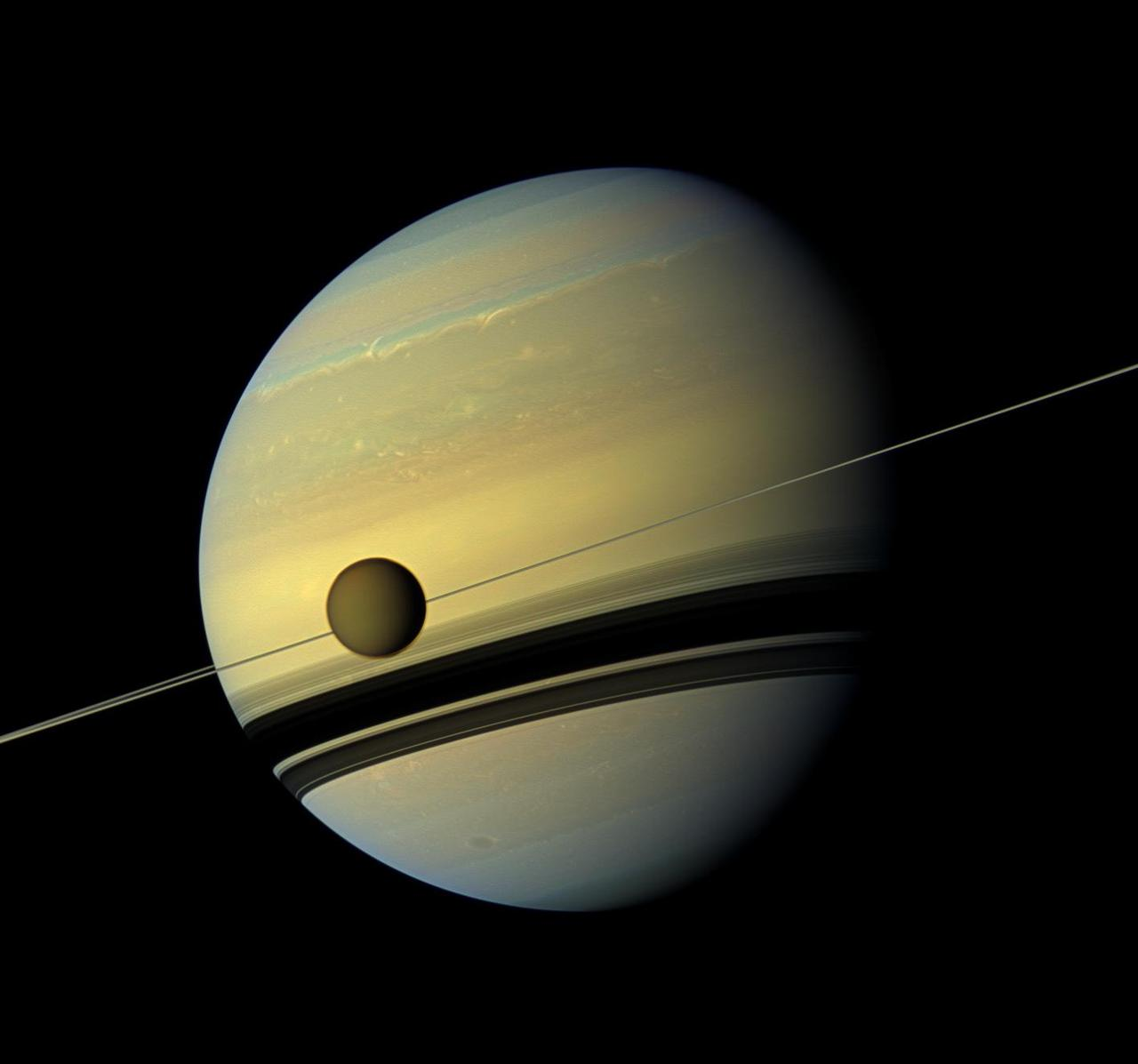Imagine you’re living in a time when tourist resorts are dotted around the Solar System. You take a job promoting some of these resorts and are looking for a selling point. Everyone’s talked about the view of Saturn’s rings from one of its moons so much that it’s time for some new pitch. Which planet’s night sky would provide the brightest vision of the other planets, making for a unique selling point?
A quick tour of the Solar System.
Recently, we compared the brightness of objects in the night sky of Mars, finding that Phobos is an easy winner, while Deimos only narrowly beats out Venus. Earth comes in fifth for peak brightness, although it can be seen much higher in the morning and evening sky than Venus, so it would sometimes be more visible.
One thing we discovered, however, is that, as seen from Mars, no other planet ever gets as bright as Venus does from Earth (ignoring atmospheric effects). So is that true for other planets? Let’s first continue the journey outwards.
There will be plenty of sights to lure tourists to the outer Solar System, once we have the capacity to make the voyage at a price that at least some people can afford. However, they’ll all be within a particular planetary system. If you’re on a moon of Jupiter, Saturn, or Uranus, you not only get a great view of the planet itself, you get the rings (better in some cases than others) and a feast of other moons to spot.
On the other hand, none of these places will be good for looking at other planetary systems. Take a base on Ganymede or Callisto (no landings on Europa, and the constant volcanoes could be a bit of a deterrent to building anything permanent on Io). To someone on those moons, the planets of the inner Solar System will never get far enough from the Sun to be seen easily. The best chance to see Mercury would be very occasionally silhouetted against the Sun; the rest of the time, it’s lost in the glare.
Without atmospheres, these moons wouldn’t have much in the way of twilight interference, but Earth and Venus would still be challenging to see at all with the naked eye. Even Mars never appears as far from the Sun, as seen from Jupiter’s orbit, as Mercury does from Earth. It would also never be even close to as bright as Mercury is for us. Comparing the two is revealing. Mars is larger than Mercury and its surface is more reflective, but it’s so much further from the Sun that it gets considerably less light to reflect. Throw in the much greater distance from which people from Jupiter would be viewing it, and you can see that for tourists on Jupiter’s moons, the inner Solar System would not offer much of a show.
Looking outward, Saturn will be brighter from a Jovian moon than it is from Earth, at least near opposition when Jupiter passes it in orbit. Still, it will appear faint compared to the brighter planets from Earth. Yakov Perelman calculates a magnitude of 2 in his book Astronomy for Entertainment.
Things get even worse for visitors to Saturn or the ice giants. The inner planets will be even fainter and harder to see. Jupiter will still put on a show, but suffers the problem we experience observing any planet closer to the Sun – when it is close, we see only a crescent, when it’s full, it’s on the opposite side of the Sun.

Even when you’re edge on to the rings, the view from a moon of Saturn can be hard to beat, but the other planets don’t look great.
Image Credit: NASA/JPL-Caltech/Space Science Institute
Time to go in
Consequently, the only prospects of witnessing a brighter planet than we see from Earth require putting on a heat shield and heading for Venus and Mercury.
From the surface of Venus you’ll see nothing but clouds, but a floating cloud city might get a decent view of the sky. Although the Earth doesn’t get as much sunlight as Venus, and reflects even less, being able to see it fully illuminated more than makes up for that. Perelman calculates that Earth at its best is six times brighter as seen from (near) Venus than Venus ever gets from here. Such a pretty color too, and with an accompanying moon as a bonus. Venus also offers a better view of Mercury than here, but the outer planets are slightly fainter.
However, for the interplanetary view, it’s hard to beat Mercury. There you can see Venus fully illuminated at magnitude -7.7, or about 14 times brighter than we ever see it from Earth.. Even the Earth is slightly brighter in Mercury’s skies than Venus ever gets to us.
How much of a selling point such views will be is hard to know, even if we indulge the fantasy that interplanetary travel will ever be easy enough to do for a view. Watching Jupiter’s clouds roll from Ganymede or the abundance of moons and rings from any Saturnian satellite will be hard competition. Still, as anyone who’s done some marketing knows, you work with what you’ve got. In the case of the view from Mercury, that’s not nothing.
Source Link: Which Planet Has The Best Views Of Other Planets?